Exploring how Brush-turkeys are recolonising their distribution
Research is currently under way into the Australian Brush-turkey (Alectura lathami) across New South Wales and Queensland. Our aim is to learn about Turkey’s behaviour, site-loyalty, population size and foraging, roosting and breeding habitat preferences.
We encourage everyone to report sightings of Brush-turkeys, their communal nocturnal roosts and their breeding nest mounds using the Big City Birds app or website. We’ve joked that there is a ‘Turkey tsumani’ spreading across urban areas such as Sydney, your observations will help us quantify where the birds are located and how they are adapting to survive in the suburbs.
As part of this research Turkeys have been individually wing-tagged to allow all of us to identify and learn about individual birds. Please report sightings of tagged birds using the Wingtags app (android & iOS). We welcome all reports – even the same bird day after day, we are interested! This information helps us learn about individual bird behaviours.
This project commenced in late 2017 when Matthew Hall started his PhD at The University of Sydney, under the supervision of Professor Dieter Hochuli – a noted bird expert - in collaboration with Dr John Martin and Dr Alicia Burns of the Taronga Institute for Science & Learning, Taronga Conservation Society Australia.
The Australian Brush-turkey is also known as a 'Bush-turkey' and 'Scrub-turkey' in different parts of their range. The initial common name for this species was the New Holland Vulture which we wish was more commonly known. This species in endemic to Australia; 'endemic' means a species does not occur in any other country. Brush-turkeys' occur along eastern Australia from the Illawarra region, south of Sydney, to Cape York, North Queensland, and inland to Narrabri, New South Wales, and Upper Dawson, Queensland.
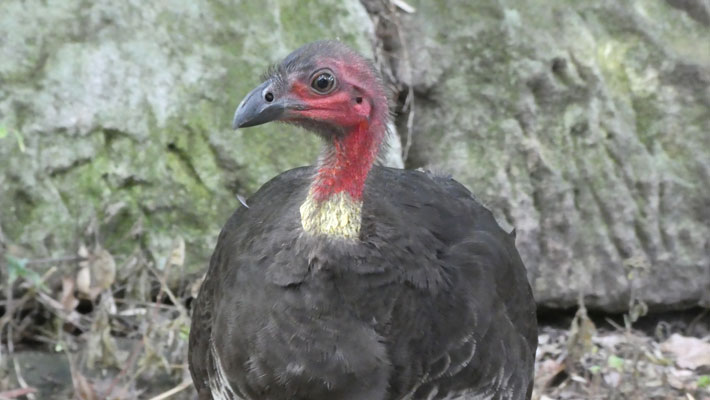
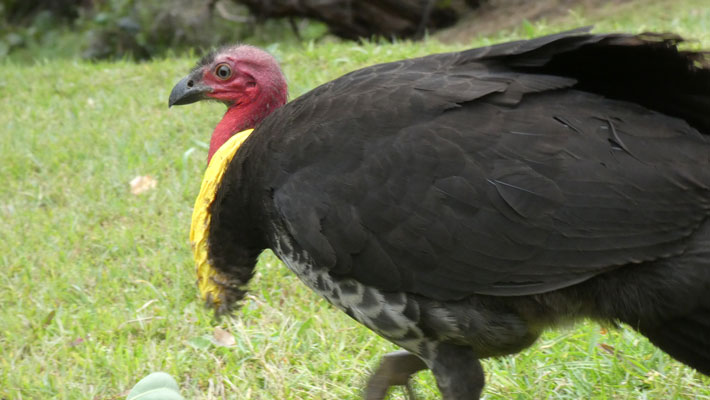
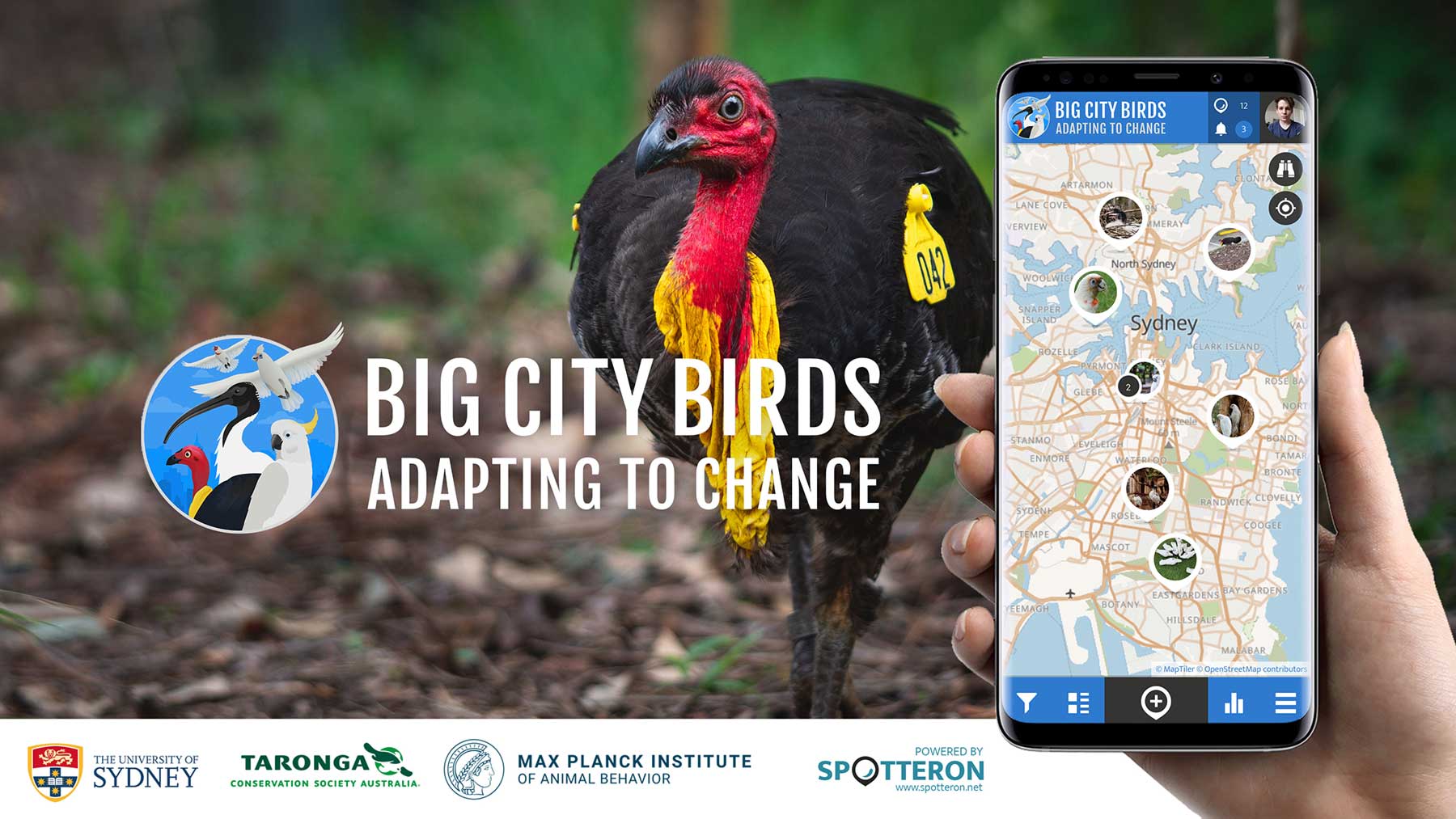
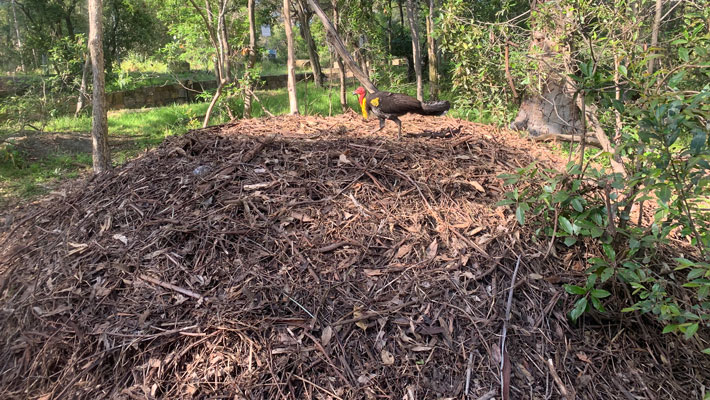
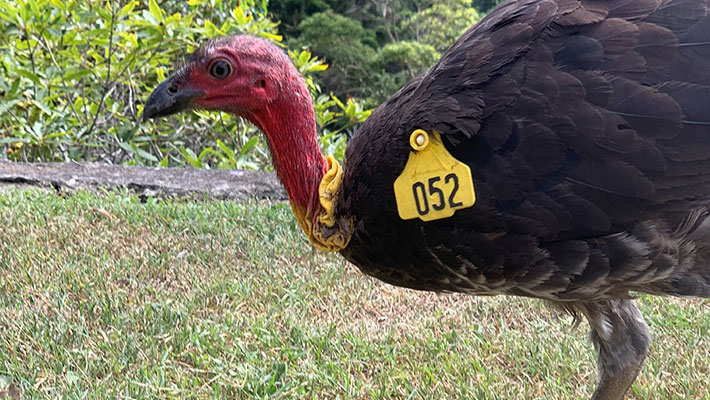
Resources
- See also the Big City Birds website/app
- Read more information about how Taronga acts as a habitat and sanctuary for local wildlife